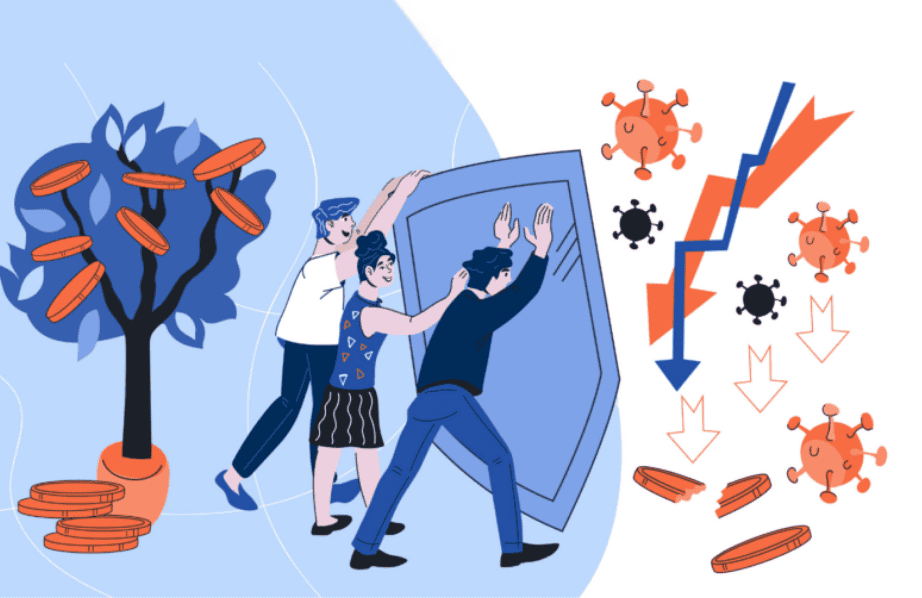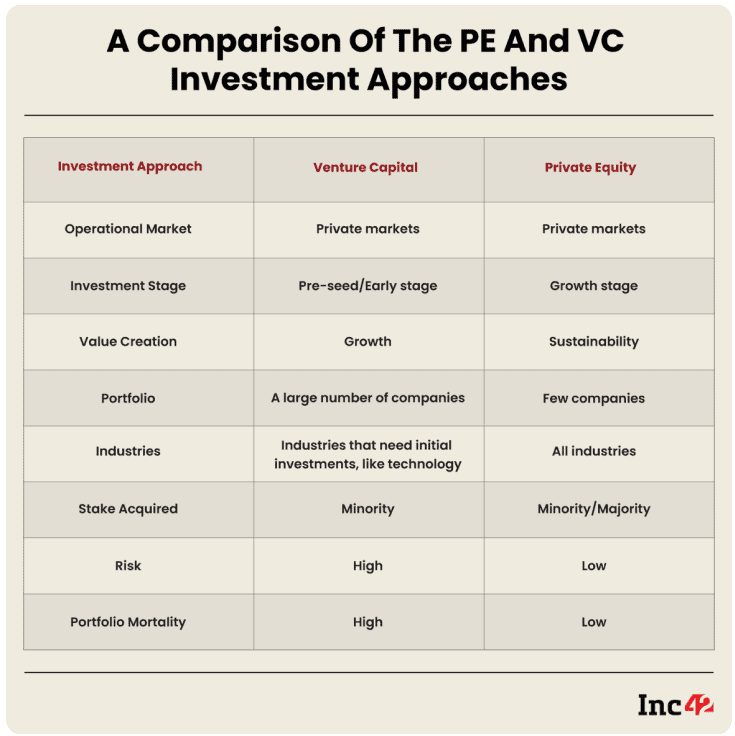Author: Arvind Agarwal, Founder & CEO – C4D Partners
Publication: Inc42

A silver lining amidst the catastrophic ramifications of the recent pandemic is the increased awareness of the need for sustainability. This has led to a major focus shift toward the long-subdued sector of impact investing, making it an integral component of the investment ecosystem today.
Impact investing is the allocation of funds to assets that generate positive social and environmental impacts combined with financial returns. These investments are largely made in emerging markets with the intent of solving the often-unheeded societal and environmental challenges.
Most industry participants have this basic understanding of the sector, safely encapsulating
their comprehension of the ‘what’ and ‘why’ of impact investing. But as an industry, if impact investing is to develop, understanding ‘how’ to operate impact funds efficiently is more crucial. Even after being operational for over a decade, impact investments do not have a distinct and formalised operational structure and are operated within private equity (PE) or venture capital (VC) fund structures. This has resulted in impact funds delivering similar results to any other PE or VC fund, while their scope and potential are much different. Hence, impact funds must be managed in a way that achieves a balance between creating a meaningful impact for underserved communities and marginalised segments of society, or a sustainable environment, and financial returns for investors.
This can be achieved by consolidating the components of PE and VC approaches that are better suited for impact funds and creating a new hybrid approach wherein the fund will invest in the VC stage but operate like a PE. In order to gain a better understanding, let’s look at a comparison of the PE and VC investment approaches.

Similar to VC funds, impact investments should be focused on early-stage businesses, enabling social ventures to establish their operations, grow their market and consequently create more impact. When it comes to the transaction evaluation for an impact fund, it should be more like a PE fund rather than a VC fund. The reason for this can be attributed to the high risk associated with a VC fund due to high mortality rates and risky financial returns statistics.
In a VC fund, some companies generate minor profits, and an even lesser number of companies generate major profits, covering the losses from others and generating 25-30% IRR at the fund level. Moreover, VCs do not diversify much, limiting the scope of
impact an impact fund would want to achieve. Similar to the PE approach, impact funds should manage a small number of business ventures and work toward reducing the mortality rate in their portfolio to create sustainable businesses. By investing in a small yet diversified set, the impact fund manager will be able to focus on each of the businesses and help them grow and sustain for a longer period of time. Furthermore, the PE investing approach involves investing in companies that generate positive cash flow, which offers an additional opportunity for exit through a management buy-out.
While the risk-return ratio may suggest that reduced risk leads to lower returns, it is important to consider that this approach differs from VC, where profits rely on a few successful companies. In contrast, this approach aims to generate market-rate returns from
a larger number of companies in the portfolio. This collective financial return ensures long-term profitability and sustainability.
To establish impact investments as a strong investment opportunity with its own operational
model, stakeholders in the impact investment ecosystem, including investors, fund managers, and regulators, need to collaborate and formalise a structure for impact funds. The hybrid investment approach is an optimal way to achieve this, ensuring long-term sustainable returns for the planet, people, and investors.